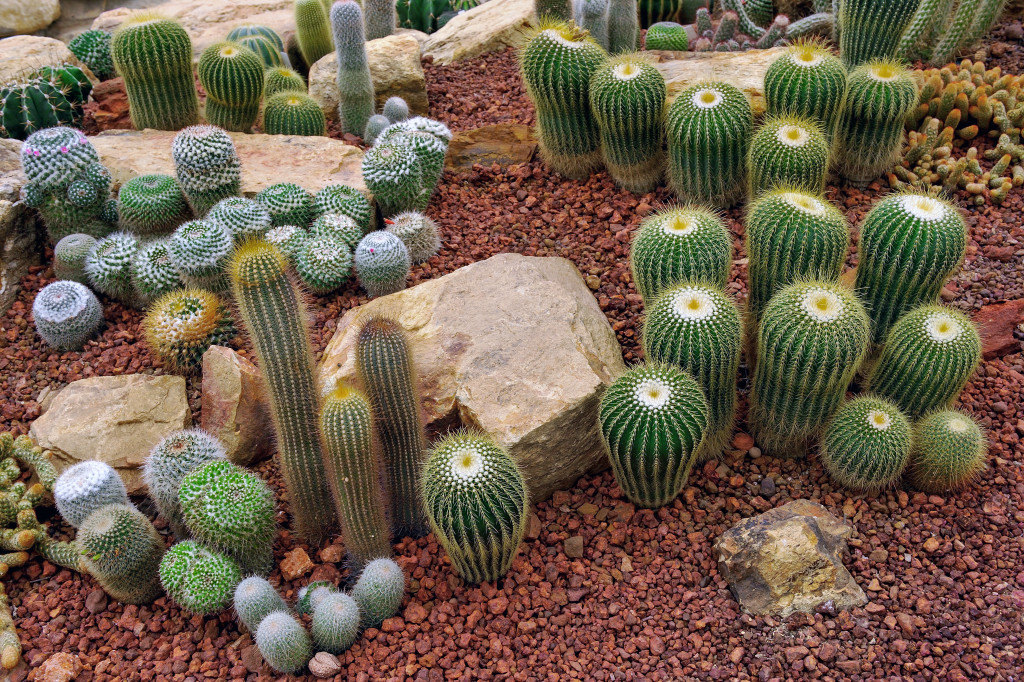Water is an essential resource. It’s estimated that humans can only use about 1% percent of the water on Earth. But because clean water is such a vital resource, it must be appropriately conserved to preserve its health benefits for future generations. Another reason why it must be conserved is because of drought.
Many people think drought can’t hit a country like the United States. But many parts of the country are already in drought. It’s estimated that 50% of the country is experiencing drought, and that percentage is expected to continue growing.
Droughts are becoming more common and more intense due to climate change. That’s why it’s more important than ever to build homes that conserve water. By making a few simple changes, you can help reduce your water consumption and do your part to combat drought. Here’s how:
Rain Water Collection
One of the primary resources of clean water is rain. The rain can be collected and used to water plants, wash cars, or even fill a swimming pool. The main reason why rain produces clean water is because of the process known as a natural filtration. In nature, water seeps through the ground and is filtered by soil, rocks, and other organic matter. This process removes nearly all contaminants from the water. Rainwater collection systems can mimic this natural process to produce clean, safe drinking water. Here are two ways you can do that.
Install a Rain Barrel
Rain barrels are an essential tool for collecting rainwater. This water can then be used for watering your plants or cleaning your car. Rain barrels are an easy way to reduce water consumption because they allow you to reuse water that would otherwise go down the drain. Plus, they’re relatively inexpensive and easy to install. Most hardware stores sell rain barrels, or you can purchase one online. However, the water from this method of water collection is not safe for drinking. If you want clean water to drink, follow the next option.
Install a Rainwater Filtration System
If you want safe drinking water, you should consider installing a rainwater filtration system. This system will collect rainwater through a series of filters to remove contaminants and make the water clean and safe for consumption. There are many different types of filtration systems available. The simplest one is a filter that is installed in your gutters. This filter will catch debris and contaminants as the water flows from your roof to your rain barrel or another storage container.

Use Drought-Tolerant Plants
Drought-tolerant plants are native to arid regions and require less water to thrive. When choosing plants for your landscaping, look for species native to your area or known to be drought-tolerant. Here are some drought-tolerant plants for your household:
- Cactus: If you want a plant that can survive even the driest conditions, a cactus is your best option. They come in many different sizes and colors, making them one of the most versatile options for landscaping.
- Yucca: Yucca plants are hardy and can tolerate dry and wet soil. Plus, they’re known for their beautiful flowers!
- Sage: Sage is a low-maintenance plant that requires very little water to thrive. Plus, it comes in wide varieties, so you can easily find one that fits your tastes.
Drought-tolerant plants can ensure that you don’t use too much water when keeping your plants and lawn green.
Use Low-Flow Fixtures
Low-flow fixtures are designed to use less water than standard fixtures. This includes low-flow toilets, showerheads, and faucets. As a result, you can save gallons of water every month by switching to low-flow fixtures. And many low-flow fixtures perform better than their standard counterparts! So, there’s no need to sacrifice performance for conservation. However, if you’re not ready to replace all of your fixtures, try retrofitting them with low-flow adapters.
Maintain and Clean
A clogged drain is one of the main reasons why toilets and sinks use more water than they should. It can also be one of the main reasons why your home’s plumbing system gets backed up. You can avoid clogs by maintaining and cleaning your drains regularly. First, you can do it yourself. You can use a plunger or drain snake to remove clogs. You can also use chemicals to melt food debris and hair, but it’s vital that you don’t use too much, or you might risk melting your pipes. You can always hire a professional to do this for you. Local drain cleaning companies can ensure that your drains are safe from any clogs and can ensure that they stay clog-free in the future.
As droughts become more common due to climate change, people must do their part to conserve water. Luckily, people can make several simple changes to our homes to reduce their water consumption. Together, individual houses can help combat drought and preserve this vital resource for future generations.
